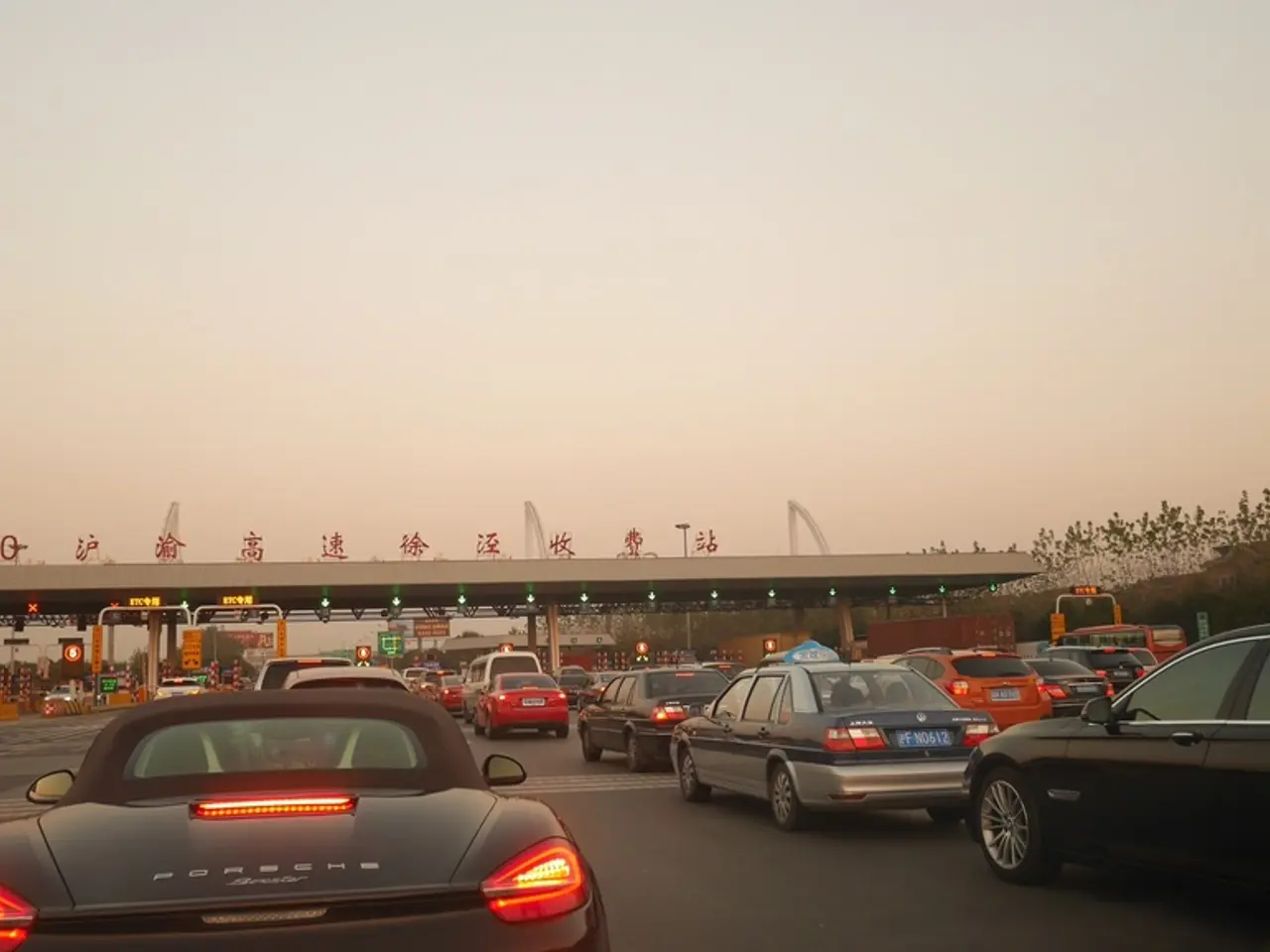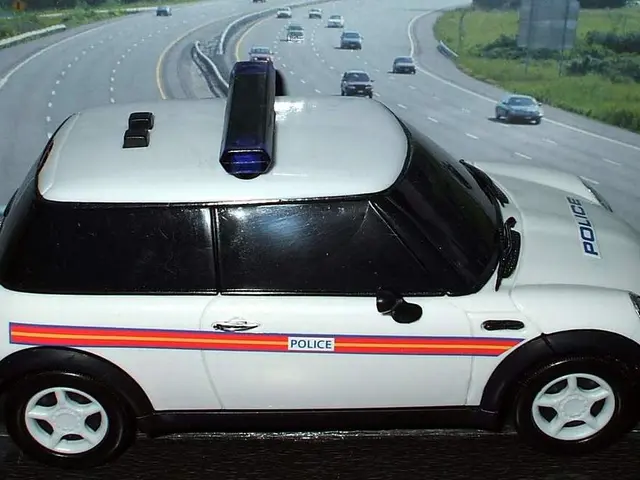European Toll Fees Encountered by Swiss Drivers - Payment Methods Explained
When traveling by car in France, Italy, Spain, and Portugal, motorists will encounter toll systems that mainly operate on a pay-as-you-go basis with electronic and manual payment options alongside important driving rules specific to each country.
Toll Systems Overview
The table below provides an overview of the toll systems in these countries:
| Country | Toll System Type | Payment Methods | Notes | |----------|------------------------------------|------------------------------------------------|--------------------------------------------------------------------------------------------| | France | Mostly tolled motorways (Autoroutes) with expanding free-flow tolling (barrier-free) | Cash, card, electronic tags (Liber-t, Bip&Go, Vintrica), free-flow recognition | Toll depends on distance, many operators; free-flow tolling allows non-stop passage via cameras and tag recognition on roads like A79 since 2022[3][4]. | | Italy | Extensive toll motorway network with pay-as-you-go toll stations | Cash, card, Telepass (electronic tag) | Telepass is the electronic tag system widely used, allowing seamless toll collection and discounted tariffs[2]. | | Spain | Mixed system: Autopistas tolled, Autovías free | Cash, card, Via-T electronic toll tag | Avoiding tolls possible using free Autovías but longer routes and heavier truck traffic; Via-T offers 5-15% discount and faster passage[1][2]. | | Portugal| Toll motorways with some free-flow and electronic-only sections | Cash, card, Via Verde electronic tag | Via Verde tag widely used, allowing barrier-free toll collection; some routes have video tolling requiring online payment within days[2][3]. |
Electronic toll tags (Liber-t in France, Telepass in Italy, Via-T in Spain, Via Verde in Portugal) allow drivers to pass through toll stations without stopping while automatically charging the toll to the user's account, saving time and often money[2][3][4].
Free-flow tolling, pioneered on the A79 in France and present in Spain and Portugal, uses cameras and sensors to read license plates or electronic tags without toll booths or barriers, improving traffic flow and reducing emissions[3].
Important Driving Rules for Motorists
- Speed Limits: Vary by country but roughly:
- Motorways: 120-130 km/h in France, Italy, Spain, and Portugal.
- Reduced limits in urban areas and in poor weather conditions.
- Mandatory Equipment: Most countries require carrying a reflective safety vest, warning triangle, and Breathalyzer kit (particularly France). Italy and Spain sometimes require certain vests for all passengers.
- Driving Side: Right-hand side driving in all four countries.
- Payment at Toll Stations:
- Toll lanes have signs indicating accepted payment methods.
- Payment machines and staffed booths are usually on the left side of the toll lane, so drivers in right-hand drive (UK cars) must take care[2].
- Discounts and Subscription Plans:
- Electronic toll tags often provide discounted tariffs compared to cash or card payment.
- Tags are typically available on subscription and linked to a credit card, billed monthly[2][4].
- Traffic Rules:
- Strict enforcement of seatbelt use.
- Zero or low tolerance for alcohol while driving.
- Use of mobile phones while driving is prohibited unless hands-free.
Summary
- France, Italy, Spain, and Portugal use mostly toll motorways with pay-as-you-go charges collected manually or electronically.
- Electronic tags such as Liber-t, Telepass, Via-T, and Via Verde facilitate easier, faster, and sometimes cheaper toll payments.
- Newer free-flow (barrier-free) toll systems, especially in France, Portugal, and Spain, reduce congestion and emissions.
- Motorists should be aware of differing speed limits, mandatory equipment requirements, and the need to pay attention to payment lane signs (especially paying on the left side of toll lanes).
This synthesized overview reflects current toll operational norms and driving rules in these European countries as of mid-2025[1][2][3][4].
In Italy, A36, A59, A60 are roads with automated tolls. Portugal has an extensive network of electronic toll stations, including A4, A8, A13, A17, A19, A24, A41/42.
Italian authorities can seize foreign vehicles if fines cannot be paid on the spot. No information about traffic rules in other countries mentioned (Italy, France, Spain, Portugal) was repeated. The 'free-flow' toll system involves online billing, allowing barrier-free travel. No new advertisements were found in the current paragraph.
In Italy, the A36, A59, and A60 are roads equipped with automated tolls, similar to France's A79 which pioneered free-flow tolling. Meanwhile, Portugal boasts an extensive network of electronic toll stations, including the A4, A8, A13, A17, A19, A24, and A41/42. These advanced toll systems allow drivers to enjoy barrier-free travel, while also offering lifestyle benefits such as savings in time and money through the use of electronic tags like Liber-t, Telepass, Via-T, and Via Verde.




